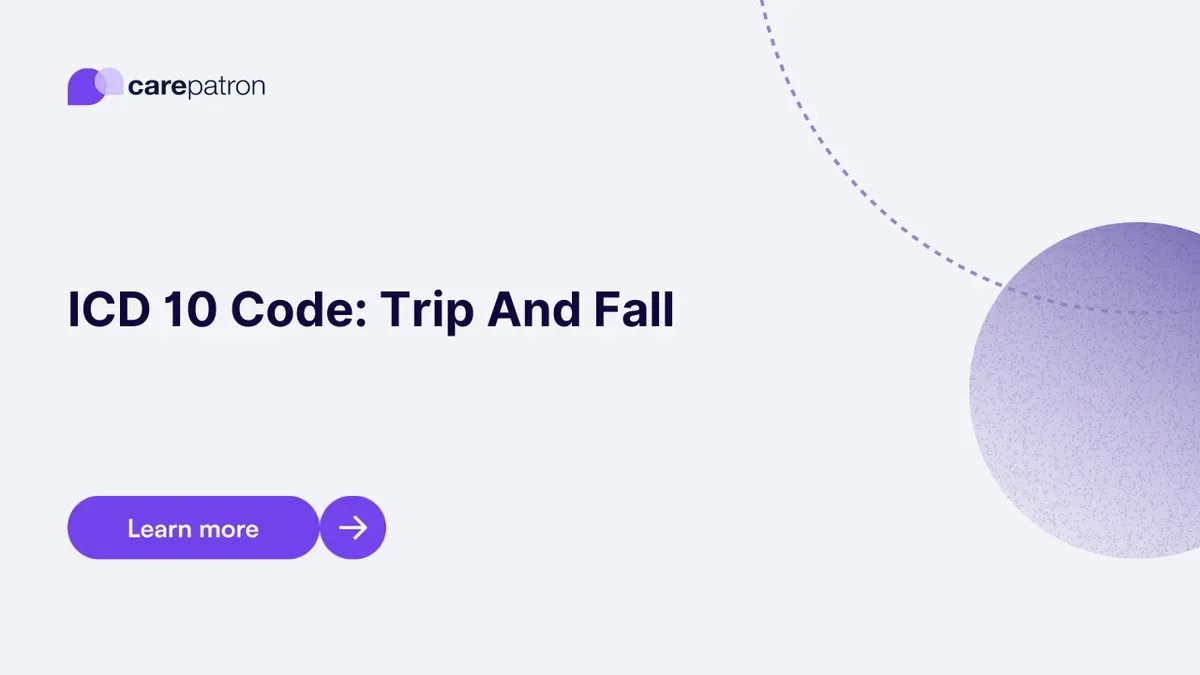
Trip And Fall ICD-10-CM Codes
Delve into the comprehensive guide on Trip And Fall ICD codes for 2023. Understand the codes, their billability, and their clinical significance in depth.
Use Code
Commonly asked questions
If you trip and fall in a public place, check for injuries, seek medical attention if needed, and report the incident to the property owner or manager. Document the scene and any hazards that caused the trip.
Tripping hazards can be identified through regular safety assessments, ensuring clear walkways, using proper signage for uneven surfaces, and securing loose items on the floor.
Yes, older adults are more prone to trip and fall due to reduced vision, balance issues, and slower reflexes. However, anyone can trip if exposed to hazards.
EHR and practice management software
Get started for free
*No credit card required
Free
$0/usd
Unlimited clients
Telehealth
1GB of storage
Client portal text
Automated billing and online payments
